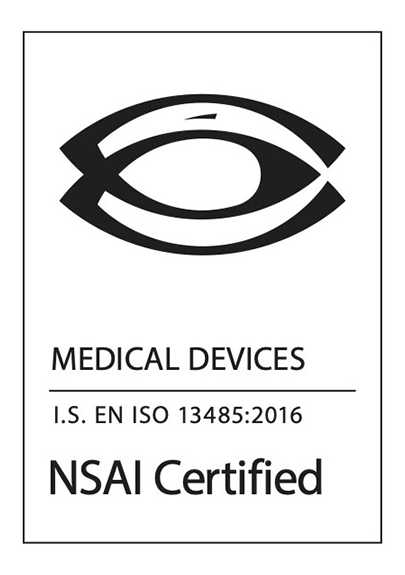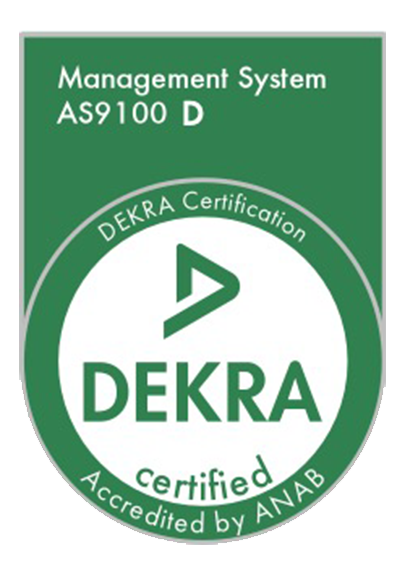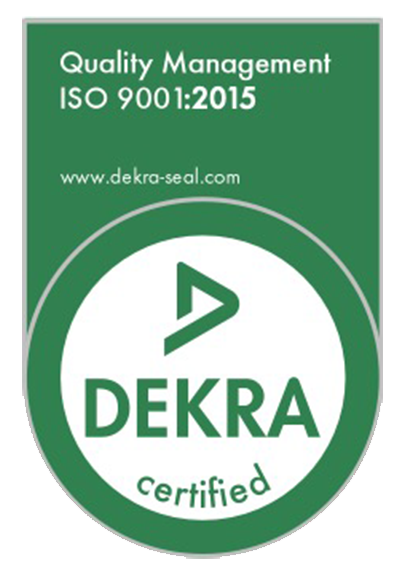Milling is a machining process used to remove material from a workpiece, shaping it into a desired form. In medical device manufacturing, precision is essential to ensure devices meet strict quality and safety standards. Milling allows for the creation of complex shapes, tight tolerances and fine surface finishes, making it a vital technique for producing critical medical components.
At Pulse Technologies, we have 30+ years of experience in contract manufacturing intricate products with tight tolerances for medical device companies. In this article, we have put together some tips on successful milling techniques for medical device manufacturing.

Milling for medical devices
Milling is integral to the production of various medical devices, including spinal implants, orthopedic implants, surgical instruments, dental implants and components for diagnostic equipment. These devices often require intricate geometries and exceptional precision, which milling can achieve.
Milling can be performed on a wide range of materials, such as stainless steel, titanium, PEEK, and ceramics. The choice of material depends on the specific requirements of the medical device and factors like biocompatibility, strength and durability.
Tips for successful milling in medical device manufacturing
Achieving precision and reliability in milling for medical devices demands careful planning and execution. Here are some essential tips for successful results:
Select the right tooling
Choose high-quality tool materials that are suitable for machining the specific materials used in medical devices. Common materials include carbide, high-speed steel (HSS), and ceramic. The choice depends on factors like the material being milled and the required precision.
Optimize tool geometry
Ensure that the tool geometry is appropriate for the type of milling operation you’re performing. Factors like flute design, helix angle, and rake angle can affect cutting performance and surface finish. These parameters can impact cutting force, removal capacity and temperature.
For example, increasing the helix angle can result in a better surface finish and faster material removal.
Selecting the right tool path strategy
Develop efficient toolpath strategies that minimize machining time while maintaining accuracy. This includes selecting the right cutting parameters, such as feed rates and spindle speeds.
Pay attention to the toolpath strategy, especially for complex geometries. Optimize tool paths to minimize tool engagement and reduce cutting forces, which can impact accuracy.
Fixturing and work holding
Ensure secure and stable workpiece fixation to prevent vibrations and errors during milling. Custom fixtures may be necessary for complex geometries.
Quality control and inspection
Implement a robust quality control process, including in-process and post-process inspections,
to verify the accuracy of milled parts. This includes using precision measuring tools and gauges
as part of the inspection process. Micrometers and calipers can often be used for low volume production. For high precision parts, CMM, Vision Systems & CT Scanners can be a better choice. For higher production volumes, customized gauges like a “go/no-go gauge” and vision systems are used.
Go/no-go gauges help maintain the required levels of precision and ensure critical features are accurately machined for high volume batch inspections. It consists of two gauges: the “go” gauge and the “no-go” gauge. The go gauge is designed to easily fit into the part if the dimensions are within the acceptable range, indicating a pass. The no-go gauge is designed with slightly larger dimensions and should not fit into the part; if it does, the part fails inspection.
CT scanners are also essential in high precision manufacturing for non-destructive inspection of
milled parts. They provide high-resolution 3D images, enabling precise dimensional analysis,
detection of defects like porosity, and verification of material composition. CT scanners aid in
assembly verification, defect analysis and root cause identification. This helps ensure quality
and compliance with design specifications.
Operator training
Ensure that operators are well-trained in using the milling equipment and following proper tooling procedures. Well-trained operators are more likely to produce accurate results. The operators should have sound foundational knowledge, covering machine types, safety protocols and blueprint reading. From there, they should receive hands-on training focused on machine setup, tool handling and workpiece preparation. Emphasize cutting techniques, speeds, and feeds, alongside quality control methods, including go/no-go gauge usage and metrology tools. The importance of accurate documentation, which is key for a highly regulated industry like medical devices, should also be explained.
Following the above steps will ensure that operators can be well-prepared to maintain the quality, accuracy, and safety of milled medical devices.

Advanced milling capabilities at Pulse Technologies
Pulse Technologies stands at the forefront of medical device manufacturing with cutting-edge milling capabilities that set industry standards. We have been a trusted contract manufacturing partner for several medical device companies over the last 30 years. We provide ‘lights out’ manufacturing, meaning we have the ability to run the factory with the lights off, as our highly automated production processes can be run 24/7 with minimal human intervention. At the core of our operations is an unwavering commitment to precision and quality, ensuring that every product that leaves our facility meets the highest standards of excellence.
Our milling capabilities include:
- 32 state-of-the-art milling machines with the capacity to machine over 1 million parts annually
- The ability to machine complex and intricate components from bar stock
- Twin machining stations with milling spindles capable of reaching up to 40,000 rpm
- High-capacity multi-pallet mill and mill-turn machines up to 7-axis
- ‘In-situ’ inspection, or the ability to inspect parts while the mills are running
- Automatic bar feeders for many of our mill-turn units
- High-capacity multi-pallet mill and mill-turn machines up to 7-axis
- Integration of milling with part assembly for fast, controlled production processes
- Ability to hold tight tolerances and positions up to 0.0002 inch (0.005 millimeters)
- Robots for unloading and loading of larger mills during high volume work
- Latest CNC technology

In mastering medical device milling, precision is key. This article by Pulse Technologies summarizes some essential tips based on our 30+ years of medical device manufacturing experience. By following these tips, medical device manufacturers can create safe and innovative medical devices.
“At Pulse Technologies, our expertise in milling is unparalleled. With 32 state-of-the-art milling machines, we deliver precision and quality that exceeds industry standards. Our large milling capacity helps you seamlessly meet your customer demand. Trust us to manufacture your medical devices with unmatched skill, precision and innovation.”
Stephen Trinter, Director, Global Sales & Marketing at Pulse Technologies

At Pulse Technologies, we offer:
- 30+ years of medical device manufacturing experience
- Industry-leading in-house metrology and testing capabilities
- 70,000-square-foot facility
- 100+ CNC machine tools.
- Data conveniently formatted for DHFs/DHRs and more
Want to learn more about our milling capabilities? Contact us today.
 Careers
Careers Contact
Contact







